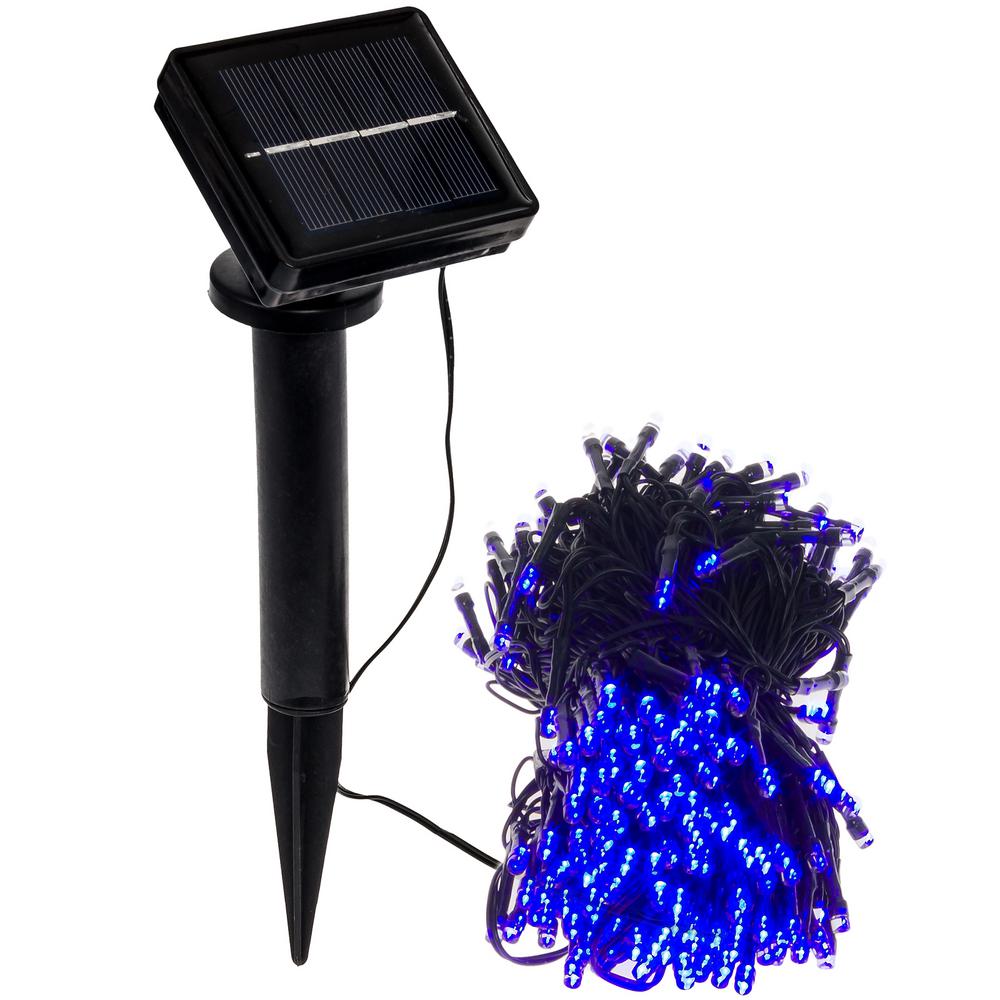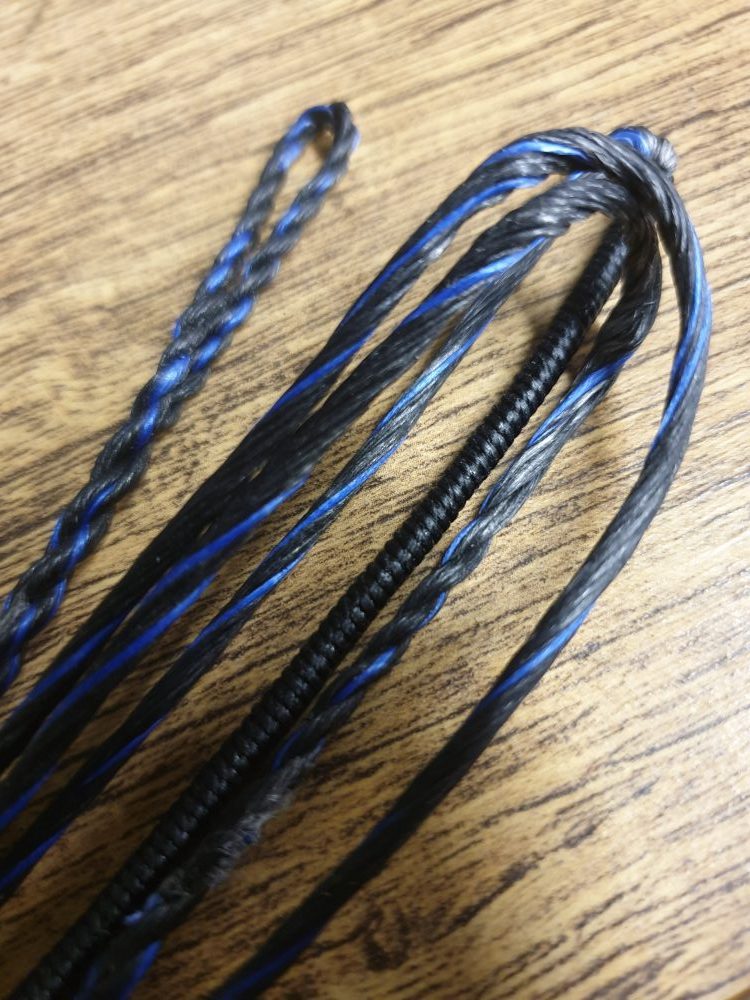

Guitar string width certainly has an impact on your tone.

Acoustics tend to have both higher action and heavier strings than electrics, so it takes more force to fret both notes and chords. Heavier strings are also part of why many people consider acoustic guitars to be harder to play than electric guitars. Heavier strings also produce a fuller sound - if you were to put very light electric strings on an acoustic, the sound would likely be overly tinny with a poor bass response. Since acoustic guitars need to be able to be heard without being amplified, they tend to need larger strings. You probably noticed that acoustic guitar strings tend to be a bit heavier than electric guitar strings. They make vibrato and string bending more difficult They have a “meaty” tone with a lot of presence Some players consider their tone to be too “tinny” They have a bright sound that a lot of players like

They make string bending and vibrato easy Plenty of manufacturers make “custom gauge” strings that deviate from your typical gauges.īut now that you know a little more about string gauges, how do you know which to select? As you look at different sizes, it’s a good idea to consider the benefits and drawbacks of both light and heavy strings. This string chart guitar is just intended as general advice. The string size is listed alongside a pack’s typical string gauges from high E string to low E string. Here’s a guitar string thickness guide to some common gauges for acoustic and electric guitars. These are fairly general terms - some manufacturers use slightly different names (like “extra light” instead of “super light”) to describe strings of the same or similar gauges. When people talk about string sizes, you may hear them reference some of these: Still, there are some general string size types that you can consider before getting into specific gauges. When most people reference sizes of guitar strings, they mean the specific gauges of strings. Usually, 9’s (on electric guitars) are considered to be extra light strings. That means that the high E string of that pack has a diameter of 0.009 inches, or nine thousandths of an inch. Strings are measured in thousandths of inches, and string packs are often described using the gauge of the thinnest string in the pack. You’ve probably heard some players refer to sets of strings as 9’s, 10’s, etc. You generally can’t tell a string’s gauge just by looking at it, so string companies label the gauges of every string in a pack.

The gauge of a string refers to its diameter or thickness. Perhaps the most important thing to look at when choosing guitar strings is the string gauge. And as we’ll see in a moment, string size impacts many aspects of playing guitar - from tone to playability to finger fatigue. And if you’re new to the guitar world, it’s easy to fall into the trap of thinking a string is just a string.īut if you’re serious about how your guitar sounds at all, string sizes really do matter. Plenty of people just pick out acoustic strings or electric strings without paying attention to the size (or gauge) of the strings. Do Guitar String Sizes Matter?Ĭhoosing guitar strings might seem like a daunting process. 9 Wrapping Up Guitar String Guide: All You Need to KnowĪs a general disclaimer, we will mostly be focusing on strings for six-string guitars, but much of the advice in this article is still useful for extended-range guitars, 12-string guitars, and four-string tenor guitars.


 0 kommentar(er)
0 kommentar(er)
